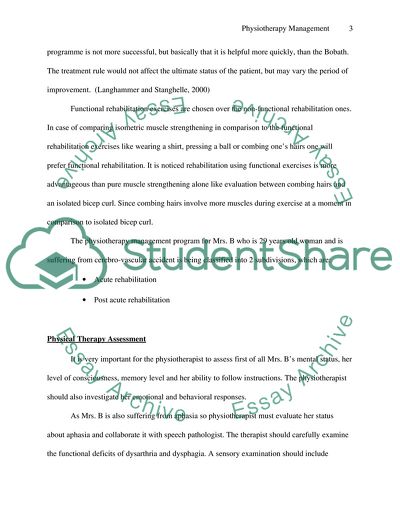Cite this document
(Physiotherapy Management Programme Case Study Example | Topics and Well Written Essays - 2500 words, n.d.)
Physiotherapy Management Programme Case Study Example | Topics and Well Written Essays - 2500 words. Retrieved from https://studentshare.org/health-sciences-medicine/1702954-critically-debate-the-value-of-a-functionally-orientated-physiotherapy-management-programme-for-this-woman-she-is-a-29-yr-old-who-has-just-suffered-a-stroke-wi
Physiotherapy Management Programme Case Study Example | Topics and Well Written Essays - 2500 words. Retrieved from https://studentshare.org/health-sciences-medicine/1702954-critically-debate-the-value-of-a-functionally-orientated-physiotherapy-management-programme-for-this-woman-she-is-a-29-yr-old-who-has-just-suffered-a-stroke-wi
(Physiotherapy Management Programme Case Study Example | Topics and Well Written Essays - 2500 Words)
Physiotherapy Management Programme Case Study Example | Topics and Well Written Essays - 2500 Words. https://studentshare.org/health-sciences-medicine/1702954-critically-debate-the-value-of-a-functionally-orientated-physiotherapy-management-programme-for-this-woman-she-is-a-29-yr-old-who-has-just-suffered-a-stroke-wi.
Physiotherapy Management Programme Case Study Example | Topics and Well Written Essays - 2500 Words. https://studentshare.org/health-sciences-medicine/1702954-critically-debate-the-value-of-a-functionally-orientated-physiotherapy-management-programme-for-this-woman-she-is-a-29-yr-old-who-has-just-suffered-a-stroke-wi.
“Physiotherapy Management Programme Case Study Example | Topics and Well Written Essays - 2500 Words”. https://studentshare.org/health-sciences-medicine/1702954-critically-debate-the-value-of-a-functionally-orientated-physiotherapy-management-programme-for-this-woman-she-is-a-29-yr-old-who-has-just-suffered-a-stroke-wi.


